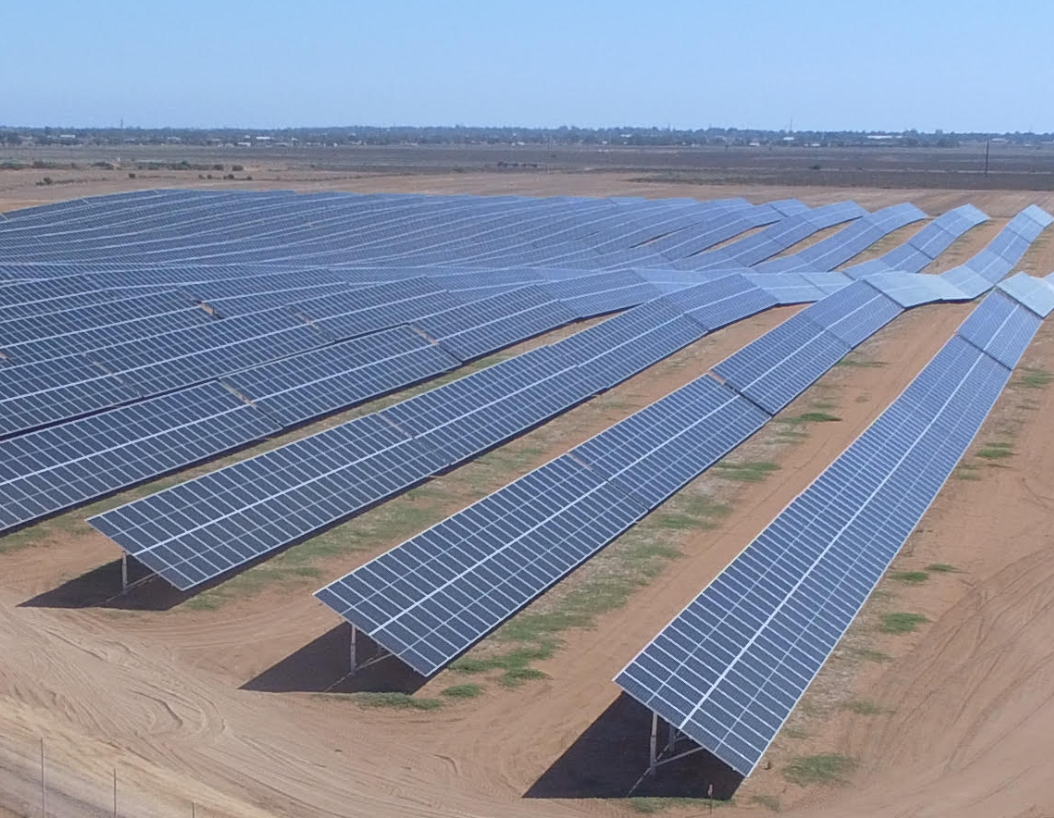Habitat Energy has been optimising one of Australia’s first co-located solar and storage greenfield developments since it began operating in September 2023, with the two technologies sharing the same grid connection.
Since commencing operations, we have captured over 87% of the achievable revenues for the facility, under a methodology that compares the optimisation using realised market prices instead of forecasts, often termed as ‘percentage of perfect’. Performance has been consistent across a range of market conditions over this period, including record-breaking days for demand characterised by extremely high market prices, when capturing price spikes is critical.
Habitat offers a fully-integrated ‘one stop’ optimisation service rather than the simple Software-as-a-Service-model, which is a common strategy for battery and renewables optimisation in Australia. Our approach combines advanced AI-driven forecasting and optimisation with a team of local data scientists, software engineers and experienced traders overseeing optimisation, bidding and dispatch.
Habitat’s results start with its advanced price forecasting capabilities. Our proprietary forecasts outperform AEMO pre-dispatch price forecasts by 11% in the critical front hour, significantly impacting overall value capture. This is driven by our forecasting platform which recognises patterns in vast amounts of data and generates a probability distribution of future price outcomes far beyond human capability.
This probabilistic forecast informs the decision making of our optimisation and auto-bidding platform ensuring that the optimal distribution of prices are reflected in an asset’s bid bands for every five minute interval of the day.
Habitat’s traders monitor asset status and dispatch intentions, providing them with complete forward looking situational awareness around estimated market prices, bidding activities and planned dispatch and enablement patterns of the asset.
Our experienced team is able to quickly respond and override instructions logged via our platform in the event of faults or unusual market events. During high price periods, Habitat’s traders are actively monitoring assets and “steering” the algorithmic tools to ensure maximum value is captured.
This approach offers the flexibility to optimise for critical periods in both energy and FCAS markets. In particular, Habitat has been able to maximise energy revenues during price spike events at the expense of FCAS revenue.. At other times, increased FCAS market participation has resulted in incremental and consistent improvements in both contingency and regulation revenues. However, frequently the optimal strategy is to co-optimise participation across all available markets.
The value of these strategies has been further demonstrated in simulated like-for-like comparisons with operating BESS projects in the NEM. For example, compared to one of the largest batteries in QLD, over a 3 month measurement period, Habitat would have achieved 20.4% higher revenues, which could be worth up to $5m annually. Against another big battery in Victoria, over a 5 month measurement period, Habitat would have achieved 11.4% higher revenues, worth up to $3.6m annually.
Not all optimisers are created equal and Habitat’s proactive approach to battery storage and renewable energy asset optimisation is already delivering for its clients. For many asset owners, just a percentage point uplift in revenues could be the difference between getting a project approved or not.
With AEMO’s latest ‘Draft 2024 Integrated System Plan’ suggesting an additional 10 GW of utility scale storage and an additional 38 GW of wind and solar are needed for Australia to reach 82% renewable energy by 2030, maximising asset performance is critical to a clean, secure, affordable energy future.
